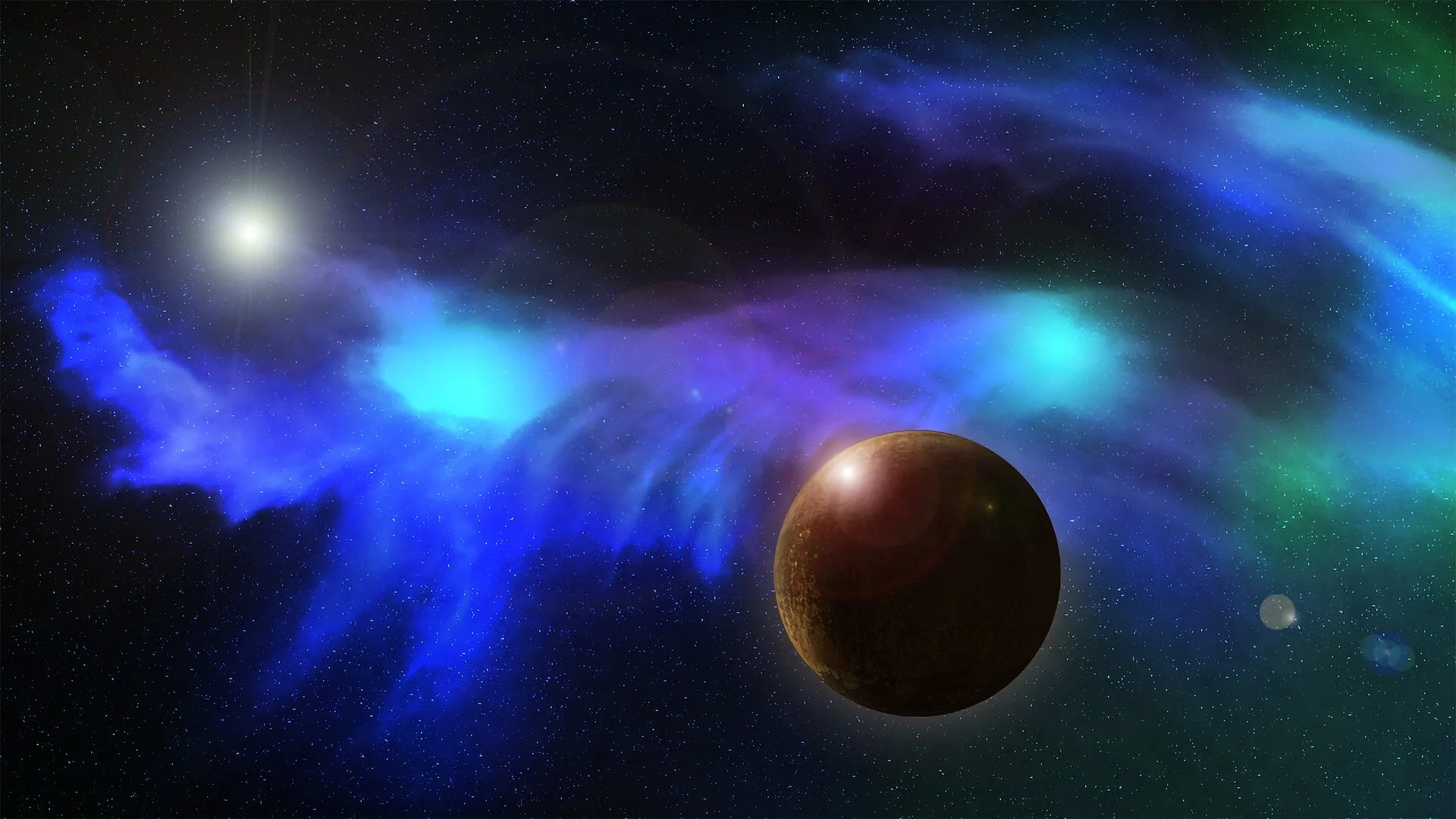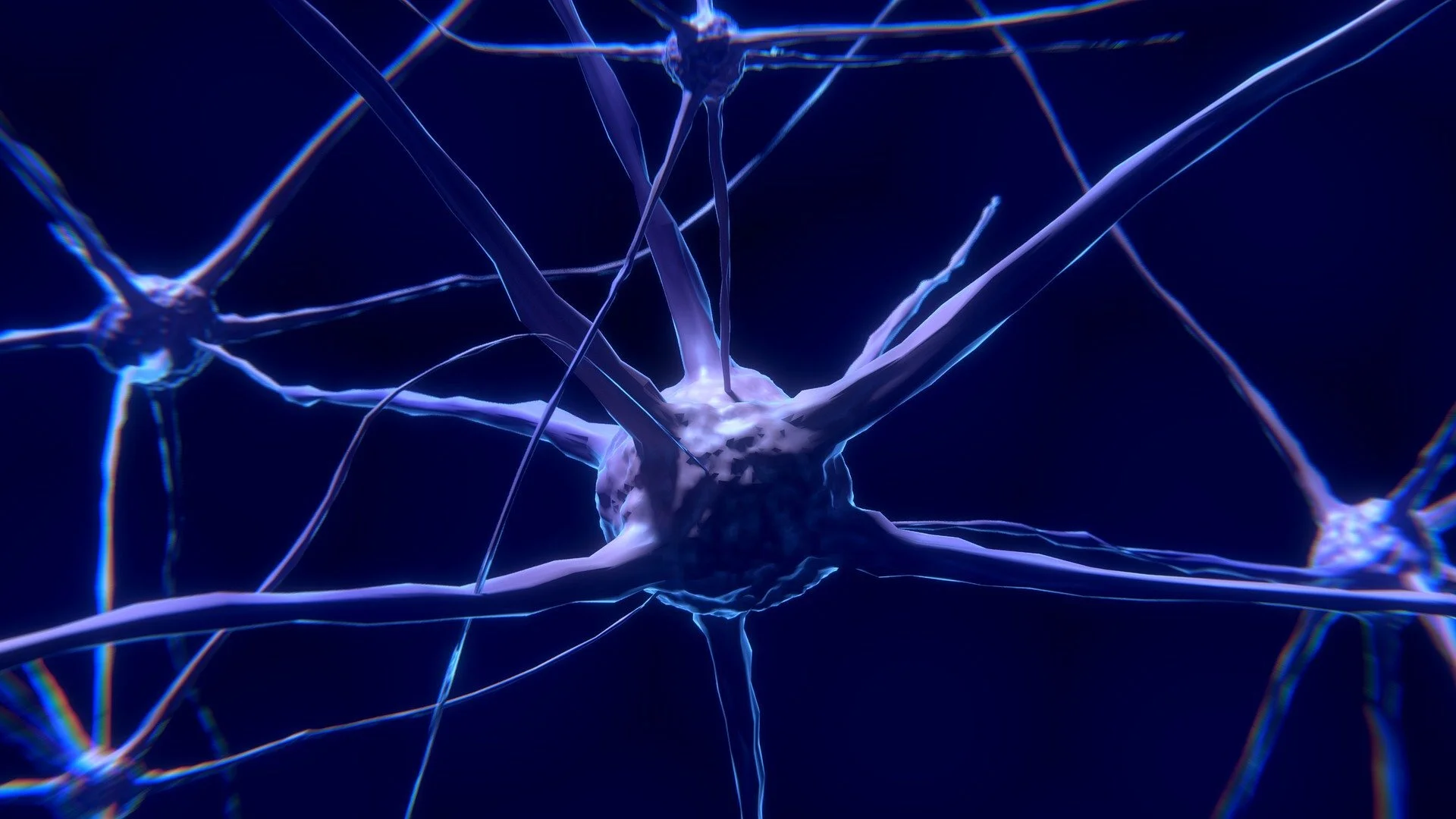Strong Emergence Is Holism, Not Magic
In emergence theory, the distinction between strong emergence and weak emergence is an important one. Weak emergence consists of emergent behaviors of complex aggregates, such as the way the molecules in a snowflake organize themselves into complex patterns, the way in which the molecules of water yield the complex behaviors seen in fluid dynamics, and the way in which an ant colony as a whole displays complex behaviors even though the behavior of any particular ant is relatively simple.
In contrast, strong emergence consists of the emergence of qualitatively different properties from various arrangements of simpler components. Thus, I think of strong emergence as a happy middle ground between unhappy reductive physicalism and unhappy spooky dualism. Two commonly cited cases of strong emergence are:
The way in which the qualitatively distinct properties of the various chemical elements in the periodic table arise from the Pauli Exclusion Principle governing the orbitals of electrons around the nucleus of an atom.
The emergence of consciousness from the complex activities of the brain.
Strong emergence is often accused of being overly magical or mystical. After all, if qualitatively different properties arise seemingly ex nihilo (out of nothing) in complex aggregates, as critics of strong emergence claim, doesn't this add an unnecessarily metaphysical element to what are otherwise merely complex physical systems—aggregates of fundamental particles of matter and their properties?
Here I argue that the term “emergence” is more hurtful than helpful for understanding the ontological claims of strong emergence. Strong emergence doesn’t hold that high-level or irreducible properties arise spontaneously or inexplicably from aggregates, as if by magic. Instead, strong emergence is a type of holism in which complex aggregates are seen as more than mere aggregates from the start. In fact, the term “holism” captures the spirit of strong emergence far better than the term “emergence,” in general.
When looking at complex aggregates holistically, from a top-down standpoint, starting with the higher-level properties and entities and seeing what they are composed of instead of beginning with an ontology that consists only of lower-level physical components and properties, the properties of higher-level entities are taken as part of one’s ontology from the outset. This is the fundamental shift in mindset necessary to take strong emergence (or holism) seriously: there is no question of where the higher-level, qualitatively distinct properties arise from, because the acceptance of those higher-level entities and properties is accepted as a part of one’s ontology from the outset—they are taken as both ontologically real and qualitatively distinct from lower-level entities and properties.
To a reductionist, this seems magical: How do qualitatively different properties “emerge” (in irony quotes) from complex aggregates of fundamental particles of matter? Proponents of strong emergence (or holism), however, argue both that the potential for higher-level, qualitatively distinct properties is written into the laws of nature (laws of emergence, so to speak) and that what look like relatively mundane or boring fundamental particles of nature actually have immense creative potential to instantiate higher-level entities and properties when arranged in complex ways.
The key insight here is that the proponent of strong emergence does not view this process as magical or mystical (even if the instantiation of a new higher-level property is still novel and surprising when observed for the first time!). Instead, the strong emergence theorist has a broader view of the nature of physical reality than the reductive physicalist has. The reductive physicalist holds that the only things that are real are fundamental particles and their properties, and perhaps some fundamental forces like gravity and the strong and weak nuclear forces. Thus, according to the reductive physicalist, anything that looks like an emergent whole or an emergent property is really just a complex aggregate or complex behaviors of aggregates. In contrast, the emergence theorist holds that higher-level entities and properties are just as real as their constituent components. Thus, according to strong emergence, physical reality consists not only of fundamental particles and their properties but also higher-level entities and higher-level properties, which are qualitatively distinct but just as real as the entities, properties, and forces of fundamental physics.
According to the reductive physicalist, all of reality consists of whatever the lowest level of physics tells us about—whether subatomic particles or superstrings. In contrast, emergence theory holds that reality also consists of chemicals with qualitatively distinct properties (in chemistry), cells and organisms (in biology), brains and neural networks (in neuroscience), minds and consciousness (in psychology and philosophy of mind), cultures and societies (in cultural anthropology and sociology) and so on.
Rather than attempting to explain away these higher-level entities as mere aggregates of simpler components, strong emergence (or, rather, “holism”) treats the objects of student of each of these specialized sciences as being just as real as anything studied by fundamental physicists. This means accepting things like consciousness, with its qualitatively distinct properties, as real from the outset instead of (as the reductive physicalist does) wondering how consciousness mysteriously arises, as if by magic, from the operations of neurons in the brain. The strong emergence holds that, somehow, the laws of nature are such that various arrangements and functionings of matter have the innate potential to instantiate these qualitatively different properties, and that this potential is woven into the laws of nature as much as any physical law discovered at the level of fundamental physics.
This means that proponents of strong emergence must not only have a broader ontology than reductive physicalists, but also a broader view of laws of nature and physical laws. Physical laws of nature do not just consist of laws governing interactions of fundamental particles, but they also encompass laws of emergence that, in principle, govern which types of emergent properties are instantiated by which types of complex lower-level physical systems.
This is yet another reason for holding that strong emergence is not as magical or mystical as its critics make it out to be. Strong emergence theorists (holists) argue that emergence is every bit as nomological (law-like) as the physical laws discovered at the level of fundamental physics. It’s just that the emergence of new types of properties—whether consciousness or culture—seem to us to be surprising and novel when they first emerge (say, when life first arose, when the first instance of self-awareness occurred, when the first culture emerged, and so on). Although proponents of strong emergence emphasize the qualitatively distinct nature of higher-level entities and properties such as these, and although their existence seems surprising and novel when they first arise (after all, life, consciousness, and culture must have arisen for the first time in the universe at definite points in time, either on our own planet or elsewhere in the physical universe!), proponents of strong emergence (holists) claim that the potential for these entities and qualities was written into the fabric of the cosmos and into the laws of nature from the very beginning.
Thus, even though proponents of strong emergence hold that higher-level entities and properties are real and irreducible to their components, these is no problem of trying to explain how relatively boring lower-level entities and properties magically give rise to higher-level and qualitatively distinct entities and properties. Instead, strong emergence itself is a form of physicalism, albeit a greatly expanded one in which a broader view of what counts as ontologically real (higher-level entities and qualitatively distinct properties) and a broader sense of what counts as a law of nature (laws of emergence) are part of the overall worldview. These higher-level entities are properties are taken to be just as fundamental to physical reality as lower-level entities and properties; they are not seen as derivative, mystical, or magical.
As long as one holds on to the reductionist’s assumptions about physical reality being comprised only of lower-level physical entities and properties, strong emergence will seem like a form of magic, a form of creatio ex nihilo, because there will be no adequate way to explain how lower-level entities and properties give rise to higher-level entities and properties as anything more than mere aggregates (which doesn’t do justice to the qualitatively distinct nature of consciousness, for example). If, however, one abandons these reductionistic assumptions in favor of accepting the reality of higher-level entities and properties as ontologically distinct and real from the outset, we can still analyze higher-level entities and properties in terms of their components without seeing those higher-level entities or properties as magical or mystical in any way. But to make real scientific and philosophical progress in strong emergence or holism, greater attention must be given to discovering laws of emergence governing which types of higher-level properties are instantiated by which types of lower-level physical systems, and for what reasons. Most importantly, though, this also means accepting higher-level entities and properties as ontologically real, not illusory or something to be explained away by particle physicists.
In conclusion, strong emergence is neither magical nor mystical. Strong emergence is a form of physicalism, albeit a greatly expanded form of physicalism that treats complex entities and higher-level, qualitatively distinct properties as ontologically real from the outset. Thus, strong emergence is a type of holism that accepts the reality not only of lower-level physical entities but complex entities as emergent wholes with their own novel and qualitatively distinct but just as real physical properties that are irreducible to the properties of their lower-level physical components. This means, however, that if strong emergence is correct, it must have a nomological quality—there must be laws of emergence that dictate which types of higher-level properties are instantiated by which types of lower-level aggregates or systems. Again, though, the instantiation of these higher-level, qualitatively distinct entities and properties is not an instance of magical creation from nothing. Instead the potential for this immense diversity of higher-level properties and entities is fundamental to physical reality, written into the physical laws of nature from the Big Bang onward.
While some instances of the instantiation of higher-level properties may strike us as surprising when they first occur, such as when conscious life forms first arose, a strong emergentist does not view this as magical, mystical, or metaphysical in any way. It’s that the potential for the evolution of conscious life forms was there in the laws of nature—in the laws of emergence—from the very beginning of our physical universe. And the end results, according to a proponent of strong emergence (conscious life forms with our self-awareness, minds, and culture) are just as much a part of physical reality as anything a physicist can tell us about, and they are not to be reduced or explained away as reductionists attempt to do.
For Further Reading:
Mind and Emergence: From Quantum to Consciousness by Philip Clayton
Emergence by John Holland
The Emergence of Everything: How the World Became Complex by Harold J. Morowitz










